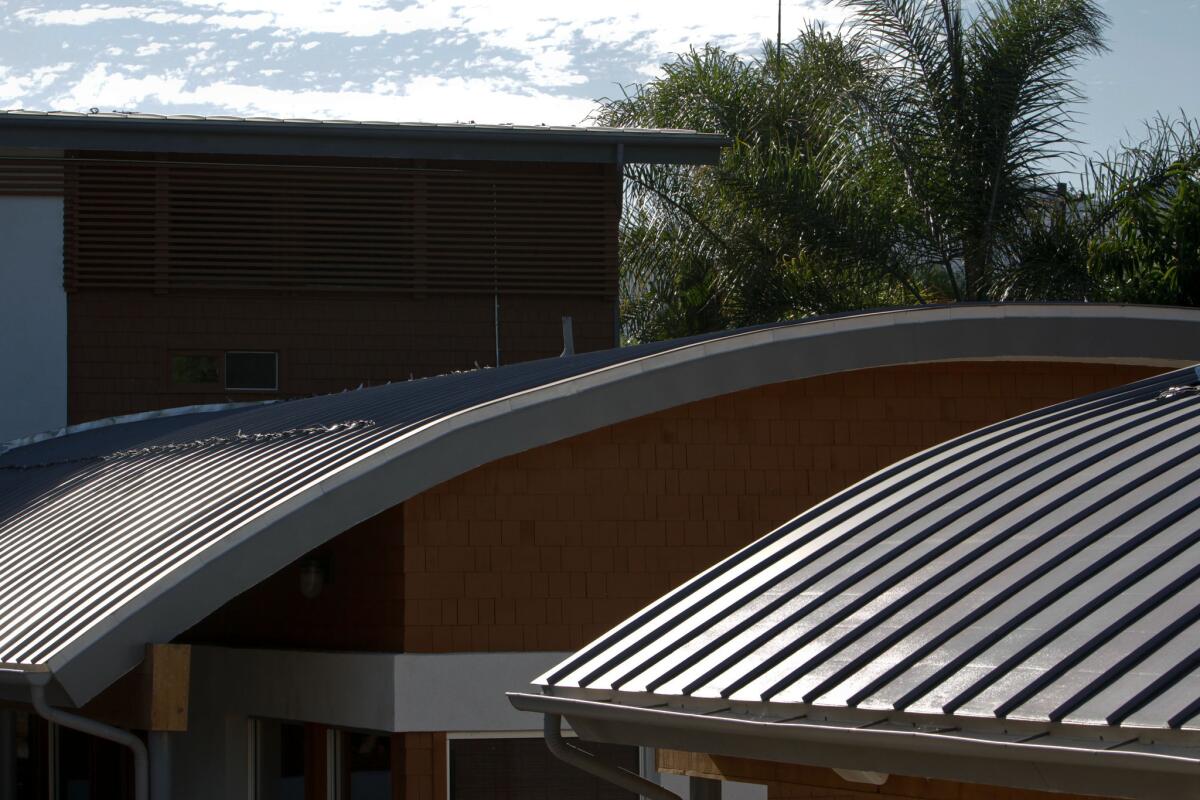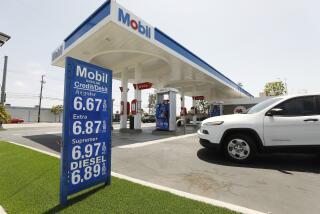SolarCity plans solar power storage solution, due in 2015

As Los Angeles launches into its solar buyback program between companies and the L.A. Department of Water and Power, one rooftop power producer is exploring a way to avoid depending on utilities altogether.
Lyndon Rive, chief executive of San Mateo, Calif.-based SolarCity Corp., said in an interview this week that his rooftop solar company plans to roll out a system that would allow customers to generate power by panels during daylight hours and store the energy in battery packs at night.
This would let customers sidestep a net metering arrangement that most of the state’s utilities have in place. Under such an arrangement, the “meter” tracks how much energy a customer consumes and how much excess energy is sent back into the power grid. Customers then pay the utility for the electricity they use over a 12-month period beyond the amount their solar systems generated. They can also get credits for any energy they don’t use, which in California roll over month to month for up to a year.
PHOTOS: Solar power from the Mojave
According to Rive, storing the power would protect companies and homeowners should regulators decide to reduce the amount of energy utilities are required to buy, or downgrade the rates they pay for a system owner’s excess power.
Jim Jenal, chief executive of Pasadena-based solar installation company Run on Sun, said SolarCity’s plan addressed an industry-wide problem.
“Smart storage is the biggest issue coming in the solar industry,” he said, “but right now, it’s ridiculously expensive. That’s why there’s so much research and [venture capital] money.”
SolarCity will begin testing 8-kilowatt battery packs from Tesla Motors, the luxury electric-car maker founded by Rive’s cousin, Elon Musk. According to Bloomberg, Rive said declining battery prices will mean his systems can include storage and still beat utility rates for consumers in California and Hawaii.
Dan Davids, chairman of Plug In America, a coalition of electric vehicle drivers and advocates, said the lithium-ion batteries used in electric cars made sense for other renewable energy applications.
“It’s just brilliant, and it’s a natural progression,” Davids said. “We use them in power tools now, so there’s no reason to think they wouldn’t make sense for solar.”
Some industry analysts have raised concerns about the safety of lithium-ion batteries, which might be why Rive and SolarCity have committed to testing the packs at 100 different sites ahead of the planned debut in 2015.
Jenal said SolarCity is in a good position to work out the kinks, and that the collaboration between Tesla and the solar company made business sense as well. “This is a natural way to leverage the research Tesla’s already done on batteries and expand,” Jenal said.
Meanwhile, Tesla would theoretically be able to bring down the price of its high-end electric cars as the cost of batteries falls. “With a whole new market in solar,” Jenal said, “this is good for Tesla. And it’s good for SolarCity. It’s where the industry is going.”
ALSO:
Film explores effects of solar projects on Native American life
L.A. program lets DWP pay customers to generate solar power
California leads U.S. in record first quarter for solar installation
Twitter: @c_s_green
More to Read
Inside the business of entertainment
The Wide Shot brings you news, analysis and insights on everything from streaming wars to production — and what it all means for the future.
You may occasionally receive promotional content from the Los Angeles Times.










